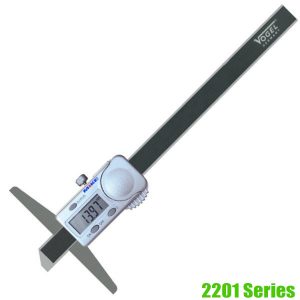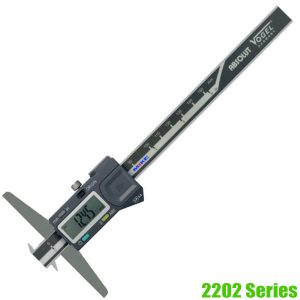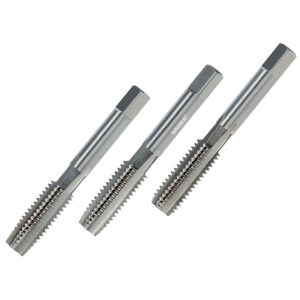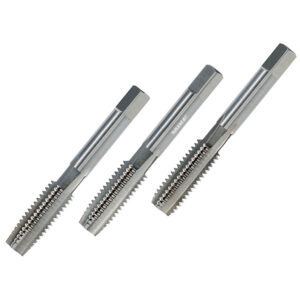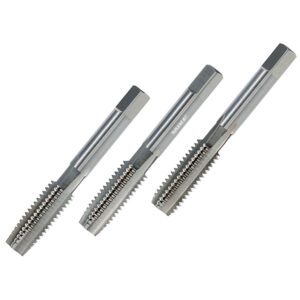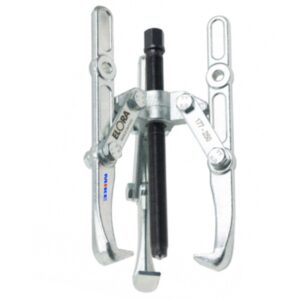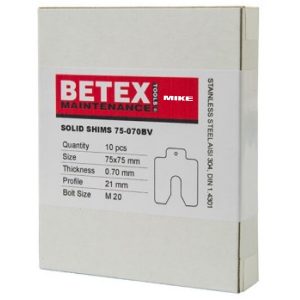A digital depth gauge is a precision measuring tool used to measure the depth of holes, slots, grooves, and other features on a workpiece. It is typically used in manufacturing, engineering, and metalworking applications where precise measurements are required.
What is a digital depth gauge?
A digital depth gauge consists of a base that is placed on one surface of the workpiece, and a movable arm or probe that is used to measure the distance to the other surface. The movable arm is equipped with a digital display that shows the measured distance, allowing for precise and accurate measurements.
Digital depth gauges may have different types of probes depending on the application. For example, some may have a flat or pointed probe for measuring the depth of a hole, while others may have a curved probe for measuring the thickness of a curved surface.
Digital depth gauges are preferred over traditional depth gauges because they offer higher accuracy, ease of use, and can quickly display measurements in a digital format. Additionally, they may have additional features such as data output capabilities for integration with other devices or software.
How to choose a digital depth gauge?
When choosing a depth gauge, there are several factors to consider to ensure that you select the right one for your specific application. Here are some key factors to consider:
- Measuring range: The measuring range of the digital depth gauge should be appropriate for the depth or distance that you need to measure. Choose a gauge with a range that is greater than the maximum depth or distance you will need to measure.
- Accuracy: The accuracy of the digital depth gauge is a critical factor. Look for a gauge with a high level of accuracy, typically expressed as a percentage of the measurement range.
- Resolution: The resolution of the gauge refers to the smallest increment of measurement that it can display. Choose a gauge with high resolution for more precise measurements.
- Probe type: Consider the type of probe needed for your application. Some digital depth gauges may have a flat or pointed probe for measuring the depth of a hole, while others may have a curved probe for measuring the thickness of a curved surface.
- Durability: Look for a gauge that is made from durable materials and can withstand the conditions of your work environment.
- Display: Choose a gauge with a clear and easy-to-read display. Some digital depth gauges have additional features such as backlit displays that make them easier to read in low light environments.
- Data output: If you need to integrate your measurements with other devices or software, choose a gauge that has data output capabilities, such as a USB port or Bluetooth connectivity.
- Brand and reputation: Choose a digital depth gauge from a reputable brand that is known for producing high-quality precision measuring tools. This can help ensure that you get a gauge that is reliable and accurate.
- Price: Digital depth gauges can vary in price depending on their features and capabilities. Determine your budget and choose a gauge that offers the best value for your money.
- User-friendliness: Look for a gauge that is easy to use and has a simple interface. Some digital depth gauges may have additional features or functions that can make them more complicated to use, so choose one that meets your skill level and needs.
- Battery life: Consider the battery life of the gauge, especially if you will be using it frequently. Look for a gauge with a long battery life or one that is rechargeable.
- Overall, when choosing a digital depth gauge, consider the specific requirements of your application and select a gauge that meets those requirements. This will help ensure that you get the most accurate measurements possible and can complete your work with precision and efficiency.
Consider these factors when choosing a measuring tool to ensure that you select the right one for your specific needs.
How to use a digital depth gauge?
A digital depth gauge is a measuring tool used to measure the depth of a hole, groove, or other feature. Here are the steps to use a digital depth gauge:
- Turn on the digital depth gauge if it has a power button. Some gauges turn on automatically when the measuring arm is extended.
- Locate the measuring arm on the gauge and extend it until the measuring tip touches the bottom of the feature you want to measure. The measuring tip should be perpendicular to the surface of the feature.
- Look at the digital display on the gauge to read the measurement. Some gauges may have a button to switch between metric and imperial units.
- If you need to take multiple measurements of the same feature, retract the measuring arm and reset the gauge to zero before taking the next measurement.
- When you are finished using the gauge, turn it off if it has a power button, and store it in a safe place.
It is important to use the digital depth gauge carefully and accurately to ensure accurate measurements.
Digital Depth Gauge
Showing all 2 results

